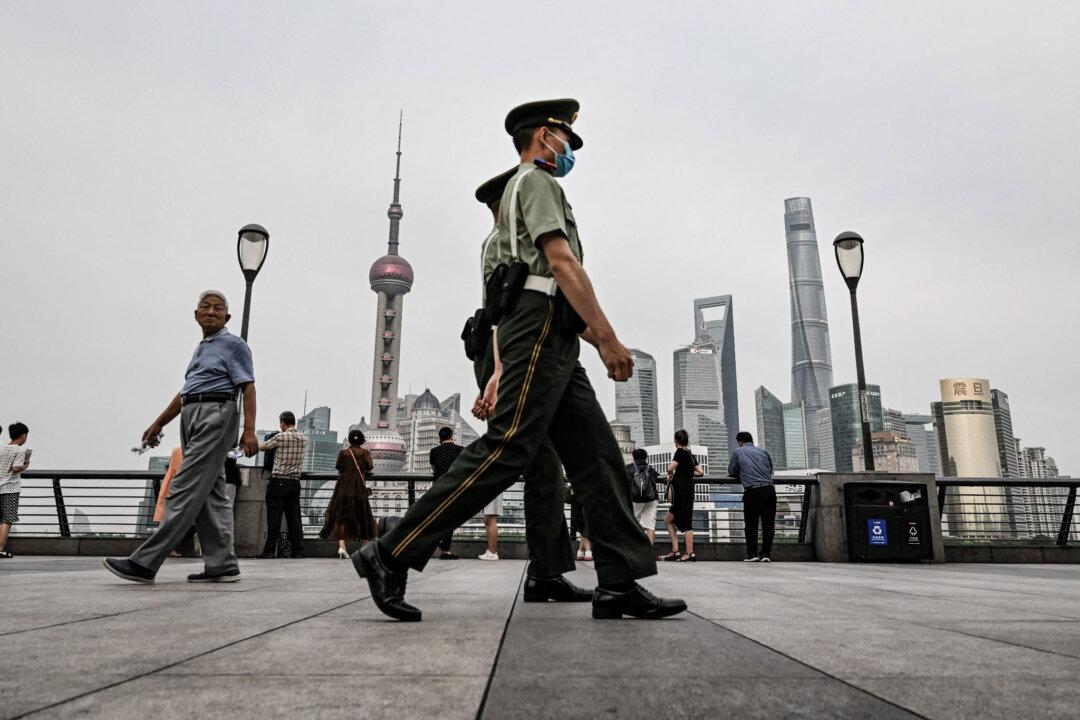Commentary
A declining domestic economy, coupled with rising trade tensions with the United States and European Union, is driving not only foreign companies and investors but also Chinese ones to exit China.

A declining domestic economy, coupled with rising trade tensions with the United States and European Union, is driving not only foreign companies and investors but also Chinese ones to exit China.